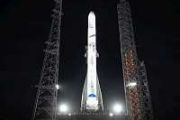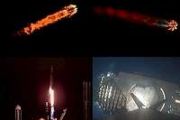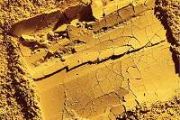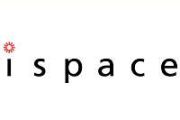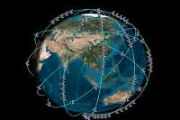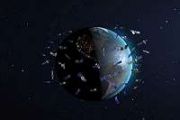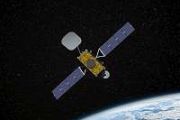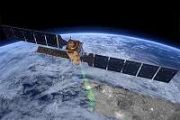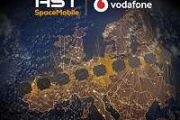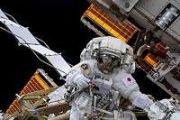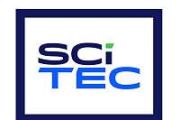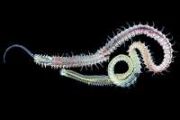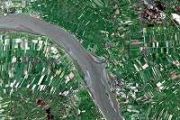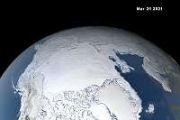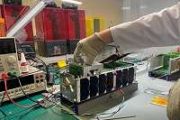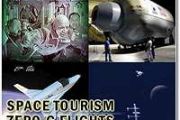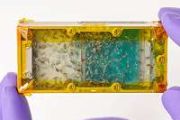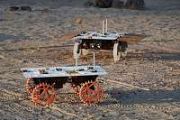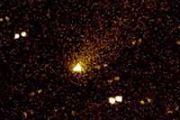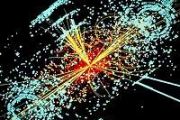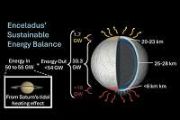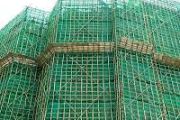
Copernical Team
NASA Spinoffs bolster climate resilience, improve medical care, more
 When it comes to NASA, most people look to the skies as rockets, rovers, and astronauts push the boundaries of space exploration. But the benefits of going above and beyond can be found here on Earth through products and services born from NASA innovation.
The latest edition of NASA's Spinoff publication features dozens of new commercialized technologies that use the agency's technology, r
When it comes to NASA, most people look to the skies as rockets, rovers, and astronauts push the boundaries of space exploration. But the benefits of going above and beyond can be found here on Earth through products and services born from NASA innovation.
The latest edition of NASA's Spinoff publication features dozens of new commercialized technologies that use the agency's technology, r Scientists release newly accurate map of all the matter in the universe
 Sometimes to know what the matter is, you have to find it first. When the universe began, matter was flung outward and gradually formed the planets, stars and galaxies that we know and love today. By carefully assembling a map of that matter today, scientists can try to understand the forces that shaped the evolution of the universe.
A group of scientists, including several with the Univer
Sometimes to know what the matter is, you have to find it first. When the universe began, matter was flung outward and gradually formed the planets, stars and galaxies that we know and love today. By carefully assembling a map of that matter today, scientists can try to understand the forces that shaped the evolution of the universe.
A group of scientists, including several with the Univer Two nearby exoplanets might be habitable
 The discovery: Two planets about as massive as Earth orbit a red-dwarf star only 16 light-years away - nearby in astronomical terms. The planets, GJ 1002 b and c, lie within the star's habitable zone, the orbital distance that could allow liquid water to form on a planet's surface if it has the right kind of atmosphere.
Key facts: Whether red-dwarf stars are likely to host habitable worlds
The discovery: Two planets about as massive as Earth orbit a red-dwarf star only 16 light-years away - nearby in astronomical terms. The planets, GJ 1002 b and c, lie within the star's habitable zone, the orbital distance that could allow liquid water to form on a planet's surface if it has the right kind of atmosphere.
Key facts: Whether red-dwarf stars are likely to host habitable worlds New research computes first step toward predicting lifespan of electric space propulsion systems

Electric space propulsion systems use energized atoms to generate thrust. The high-speed beams of ions bump against the graphite surfaces of the thruster, eroding them a little more with each hit, and are the systems' primary lifetime-limiting factor. When ion thrusters are ground tested in an enclosed chamber, the ricocheting particles of carbon from the graphite chamber walls can also redeposit back onto the thruster surfaces. This changes the measured performance characteristics of the thruster.
Researchers at the University of Illinois Urbana-Champaign used data from low-pressure chamber experiments and large-scale computations to develop a model to better understand the effects of ion erosion on carbon surfaces —the first step in predicting its failure.
"We need an accurate assessment of the ion erosion rate on graphite to predict thruster life, but testing facilities have reported varying sputtering rates, leading to large uncertainties in predictions," said Huy Tran, a Ph.D.
Researchers complete first real-world study of Martian helicopter dust dynamics
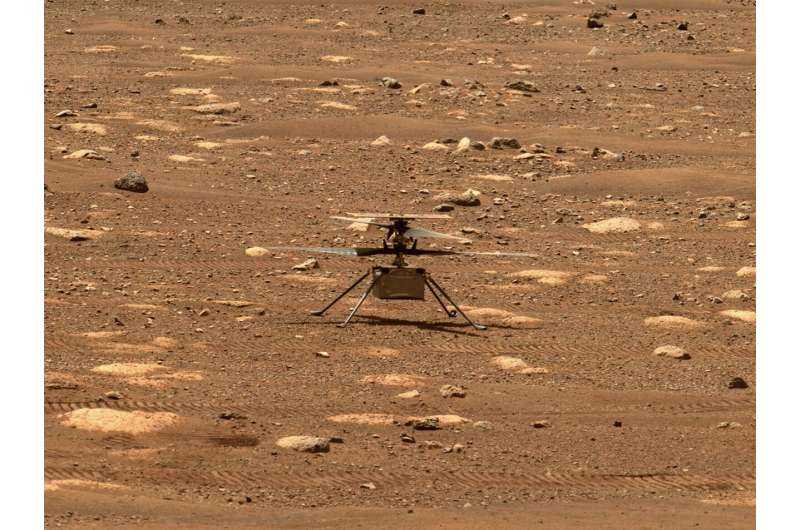
Mars is a dusty planet. From tiny dust devils to vast storms that shroud the planet, dust is a constant challenge for research missions. That was especially true for Ingenuity, the rotorcraft that since February 2021 has been exploring Mars alongside NASA's Perseverance rover. Now, researchers at Stevens Institute of Technology, the Space Science Institute, and the Jet Propulsion Laboratory have completed the first real-world study of Martian dust dynamics based on Ingenuity's historic first flights on the Red Planet, paving the way for future extraterrestrial rotorcraft missions.
The work, reported in the Journal of Geophysical Research: Planets, could support NASA's Mars Sample Return Program, which will retrieve samples collected by Perseverance, or the Dragonfly mission that will set course for Titan, Saturn's largest moon, in 2027.
The hype is out of this world, but mining in space won't save the Earth
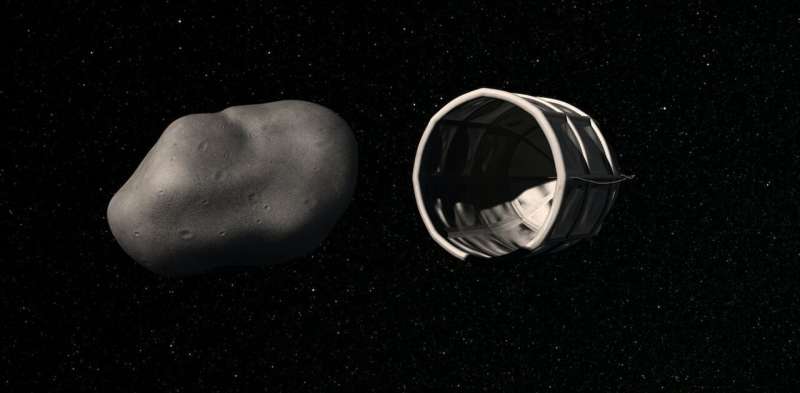
We know the world must move to cleaner energy sources to head off the worst effects of climate change, but the technology required for the transition is very mineral-intensive. So where will all these resources come from?
Many in the space industry are pointing beyond Earth. Asteroids and the Moon are thought to contain abundant platinum group elements needed in the transition, as well as other valuable resources. This has prompted a push towards commercial mining in outer space.
California-based company AstroForge is the latest company to make strides into the space mining rush. The company last week announced plans to launch two missions this year—one to refine platinum from a sample of asteroid-like material, and another to find an asteroid near Earth to mine.
Proponents of mining in space often point to the potential benefits for Earth and its people. But how certain are these benefits? Our research casts doubt on many of them.
A very risky bet
Space mining supporters often claim a bounty of space resources exist, and exploiting them would generate trillions of dollars in mining revenue.
Lessons from shuttle Columbia disaster could stave off next tragedy
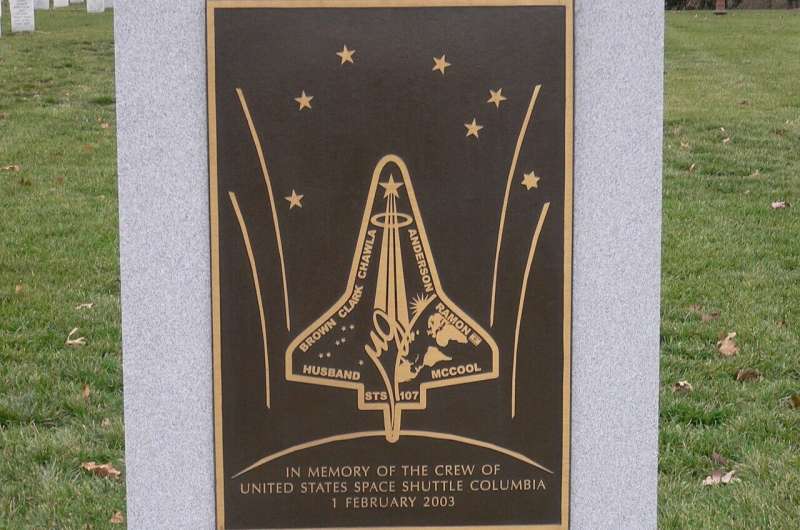
"Never again" is the phrase echoed among NASA leaders recalling the last major tragedy in the space program that occurred 20 years ago this week, when Space Shuttle Columbia broke apart over Texas on Feb. 1, 2003, never making its way back home to Florida.
But with more spacecraft, more players and farther-flung destinations like the moon and Mars, the potential for another disaster has grown.
NASA Administrator Bill Nelson, who as a member of Congress flew on the space shuttle on the mission immediately before the Space Shuttle Challenger disaster in 1986, recalled this week how engineers at one of the shuttle's contractors told their managers to call off the launch because of the weather. The cold was ultimately blamed for shrinking an O-ring that led to the explosion.
"The management would not listen to the engineers begging them to stop the count, and that went up all the way to the top," Nelson said.
The warning signs for Columbia on STS-107 were out there as well. Nelson's mission's shuttle commander, Robert "Hoot" Gibson, told Nelson how he would always inspect the orbiter in space during missions he flew in the time between the two shuttle disasters.
NASA has simulated a tiny part of the moon here on Earth
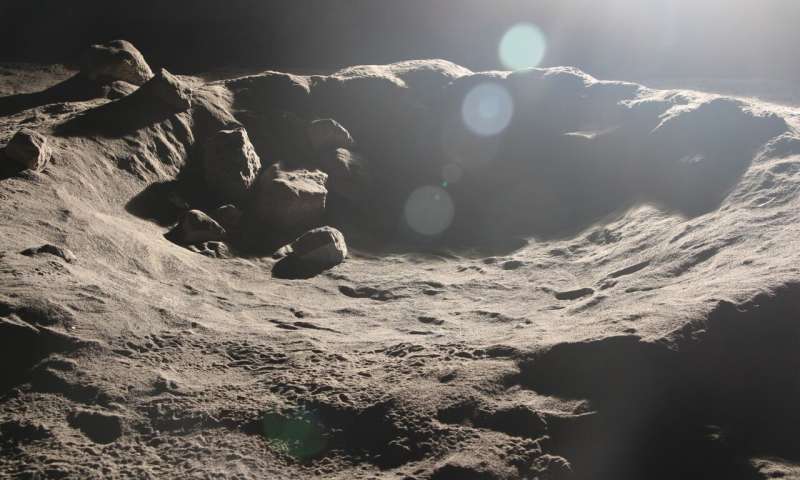
Before going to the moon, the Apollo astronauts trained at various sites on Earth that best approximated the lunar surface, such as the volcanic regions Iceland, Hawaii and the U.S. Southwest. To help prepare for upcoming robotic and human Artemis missions, a newly upgraded "mini-moon" lunar testbed will allow astronauts and robots to test out realistic conditions on the moon including rough terrain and unusual sunlight.
The Lunar Lab and Regolith Testbed at the Ames Research Center in California simulates conditions on the moon in a high-fidelity environment, allowing researchers to test hardware designs intended for the lunar surface.
Astronomers prepare to launch LuSEE night, a test observatory on the far side of the moon
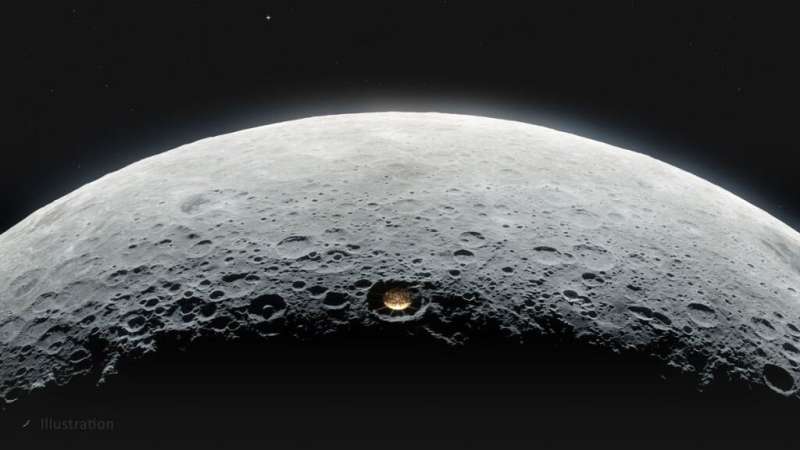
Astronomers have not yet been able to map large portions of the radio emissions from our universe because of interference from the Earth itself. A team of astronomers hopes to change that, beginning with the LuSEE Night mission to the far side of the moon. It will launch in 2025 and chart a new pathway to Lunar observatories.
The Earth is really loud in the radio, especially at frequencies below 20 megahertz. The ionosphere of the planet itself crackles at those frequencies, obscuring radio emissions from more distant sources. Plus we use low frequency radio waves for communication and radar searches, swamping cosmic sources.
The only way to mitigate all that terrestrial contamination is to get up and away from it. The best place is the far side of the moon, so that the bulk of the moon's body blocks out radio emissions from the Earth.
First martian sample depot complete
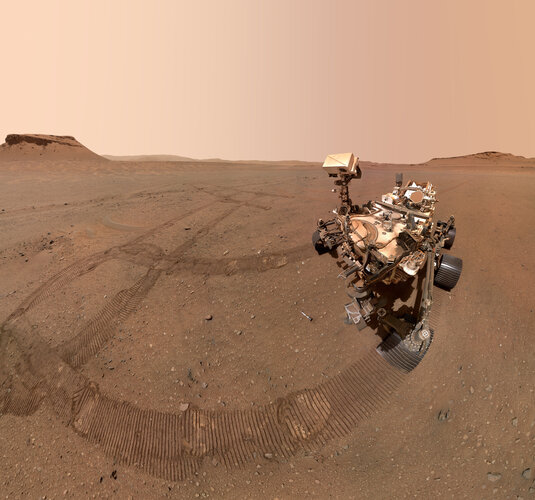 Image:
First martian sample depot complete
Image:
First martian sample depot complete 







